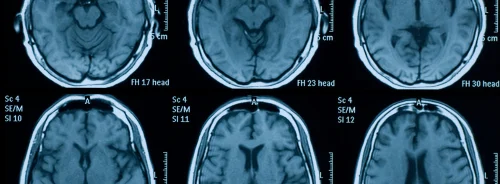Introduction Ambient listening, originally designed to streamline clinical documentation, is now emerging as a powerful tool in healthcare to alleviate administrative burdens and improve decision-making. By leveraging natural language processing (NLP) and artificial intelligence (AI), ambient listening goes beyond simple dictation, automating tasks that were once time-consuming. As this technology continues to evolve, it holds the potential to reduce clinician burnout, increase productivity, and enhance patient care.
Ambient Listening and Its Role in Healthcare
Ambient listening is a voice recognition technology that utilises AI to analyse conversations between healthcare providers and patients. Several companies, including Microsoft’s Nuance, Suki, and Amazon Web Services, are at the forefront of this innovation. The technology transcribes conversations, generates clinically accurate summaries and codes for billing, and automates prescription and lab tests orders. This automation reduces the need for manual data entry, giving clinicians more time to focus on patient care while ensuring more accurate documentation. As a result, providers can achieve greater efficiency, potentially improving both patient outcomes and healthcare revenue.
Benefits of Ambient Listening for Clinicians
Clinicians often spend significant time on administrative tasks, leading to burnout and dissatisfaction. Ambient listening addresses this challenge by automating tedious tasks such as documentation, coding, and summarising clinical encounters. By reducing “pyjama time”—the hours spent on documentation outside of the clinic—ambient listening offers clinicians more work-life balance. Moreover, the saved time can be used to enhance patient interaction or see more patients, providing flexibility based on individual practice needs. Beyond easing administrative burdens, the technology can also serve as a valuable recruitment tool, showing that healthcare institutions prioritise not just patient care but also clinician well-being.
The Importance of EHR Integration
A critical component of ambient listening’s success is its integration with electronic health records (EHR) systems. This seamless connection ensures that information captured by ambient listening tools is automatically synchronised with the EHR, reducing friction in documentation workflows. By synchronising chart content between systems, clinicians can complete documentation tasks more efficiently. Furthermore, integration enables AI models to continuously improve by utilising clinical data, allowing for more tailored and relevant outputs. This level of integration will be vital in making ambient listening more user-friendly and accessible across healthcare institutions.
Conclusion
Ambient listening is reshaping the healthcare landscape by reducing administrative burdens, improving workflow efficiency, and addressing the widespread issue of clinician burnout. As the technology continues to advance, particularly with more robust EHR integration, it is expected to expand beyond documentation tasks to support clinical decision-making and even detect early signs of disease. With its potential to significantly impact both provider satisfaction and patient care, ambient listening stands poised to become a cornerstone of modern healthcare practices.
Source: HealthTech Magazine
Image Credit: iStock






